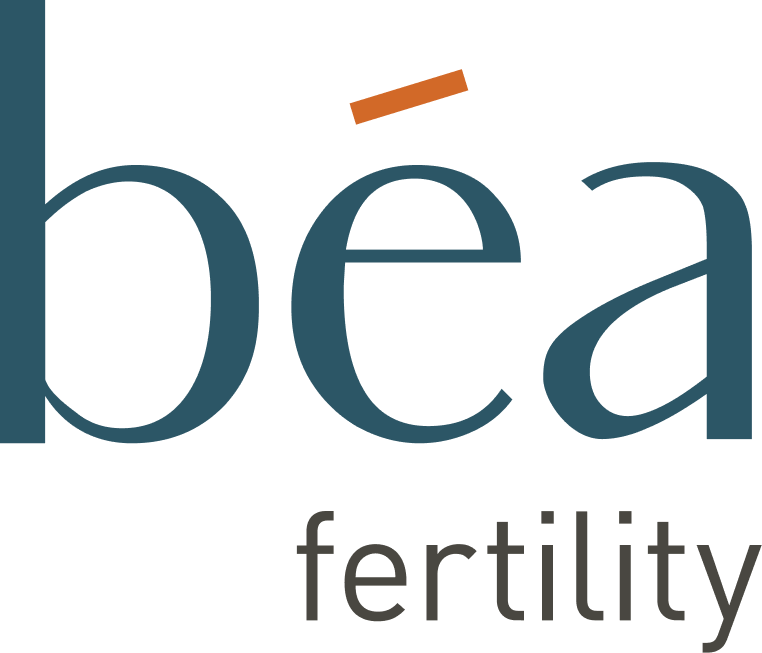The menstrual cycle refers to the time between the first day of your period (this is called cycle day 1) up until the day before your next period. The length of a menstrual cycle varies from person to person with the average being around 28 days, but anything between 21 and 35 days is considered ‘normal’.
The menstrual cycle consists of four phases:
- Period
- Pre-ovulation (follicular phase) where an egg grows
- Ovulation where the egg is released from an ovary
- Post-ovulation (luteal phase) where the lining in your uterus grows for an embryo to implant for pregnancy

When trying to conceive, it’s important that ovulation happens, so sperm can reach an egg to fertilise it and help generate a pregnancy. For someone with a 28-day cycle, ovulation usually occurs around day 14. It can be useful to know the days during your cycle when you are most fertile – this is called “the fertile window”. This includes the day of ovulation and the 3–5 days prior to ovulation (that’s the length of time sperm could potentially survive in the female reproductive system). Having intercourse or doing a home insemination during your fertile window can increase the chances of conceiving.



Share:
Early pregnancy symptoms
How do I look after my mental health when trying to conceive?